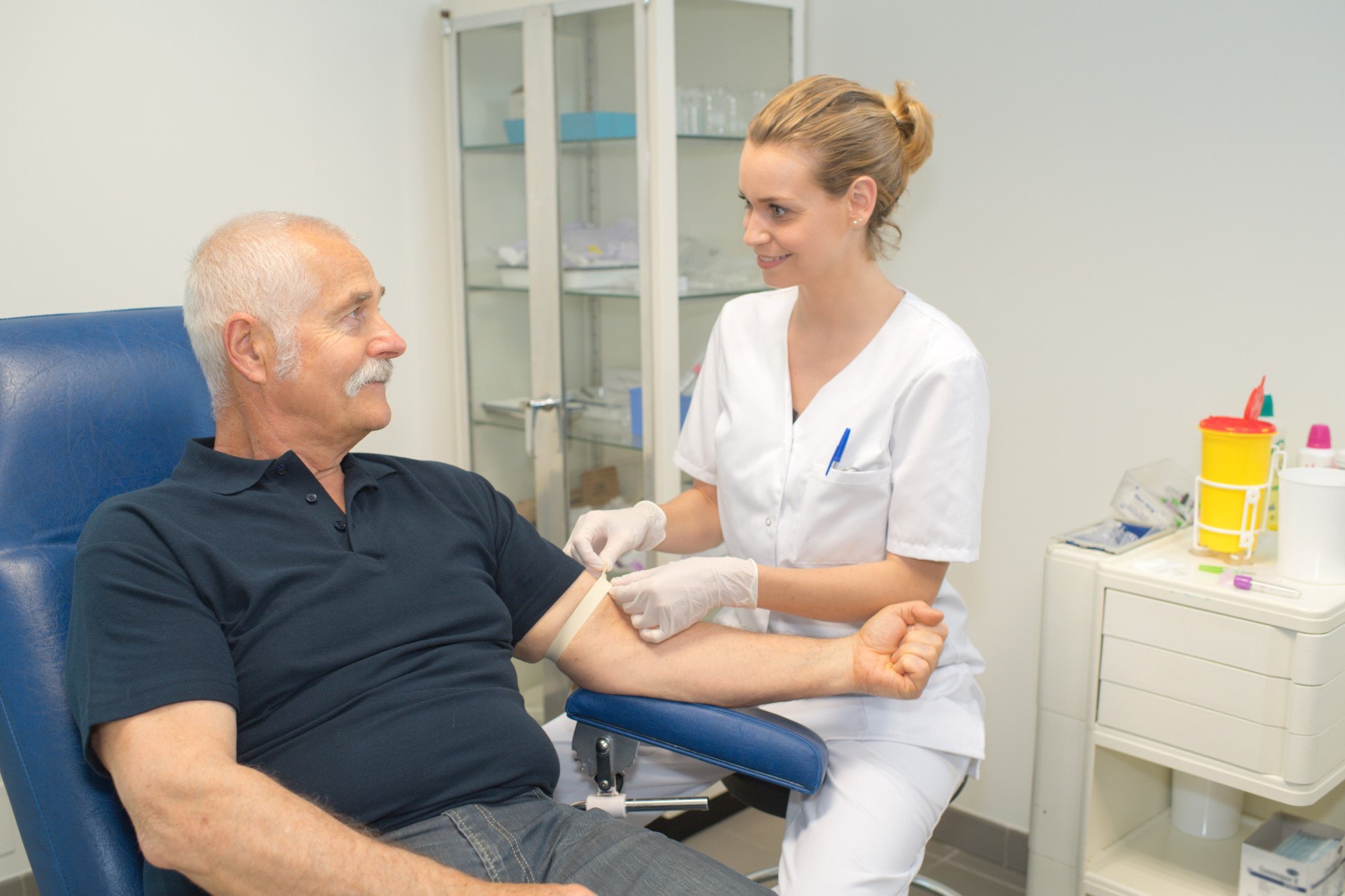Northeast Medical Institute - New Haven Campus Phlebotomy Course & Cna Class - The Facts
Northeast Medical Institute - New Haven Campus Phlebotomy Course & Cna Class - The Facts
Blog Article
The Main Principles Of Northeast Medical Institute - New Haven Campus Phlebotomy Course & Cna Class
Table of ContentsThe Only Guide for Northeast Medical Institute - New Haven Campus Phlebotomy Course & Cna ClassAbout Northeast Medical Institute - New Haven Campus Phlebotomy Course & Cna ClassNortheast Medical Institute - New Haven Campus Phlebotomy Course & Cna Class - An Overview7 Simple Techniques For Northeast Medical Institute - New Haven Campus Phlebotomy Course & Cna ClassRumored Buzz on Northeast Medical Institute - New Haven Campus Phlebotomy Course & Cna ClassExcitement About Northeast Medical Institute - New Haven Campus Phlebotomy Course & Cna Class
The usage of such tools need to be accompanied by other infection avoidance and control methods, and training in their usage.For setups with low resources, price is a motoring variable in procurement of safety-engineered devices. Where safety-engineered devices are not offered, competent use of a needle and syringe is appropriate.
In the blood-sampling area for an outpatient department or clinic, offer a comfortable reclining couch with an arm rest.
Some Ideas on Northeast Medical Institute - New Haven Campus Phlebotomy Course & Cna Class You Need To Know
Guarantee that the signs for blood sampling are plainly defined, either in a composed procedure or in documented guidelines (e.g. in a lab form). At all times, follow the approaches for infection prevention and control provided in Table 2.2. Infection avoidance and control practices. Gather all the devices required for the procedure and location it within safe and simple reach on a tray or cart, guaranteeing that all the items are plainly noticeable.
Where the patient is adult and conscious, comply with the steps laid out listed below. Present yourself to the client, and ask the client to mention their full name. Inspect that the research laboratory kind matches the person's identification (i.e. match the patient's details with the research laboratory kind, to guarantee exact identification). Ask whether the license has allergic reactions, fears or has actually ever fainted during previous injections or blood attracts.
Make the patient comfortable in a supine position (when possible). Area a clean paper or towel under the person's arm. Go over the test to be done (see Annex F) and acquire spoken authorization. The individual has a right to decline an examination any time before the blood tasting, so it is essential to make certain that the person has actually comprehended the procedure.
Northeast Medical Institute - New Haven Campus Phlebotomy Course & Cna Class Things To Know Before You Get This
Extend the individual's arm and evaluate the antecubital fossa or forearm. Situate a blood vessel of a great size that shows up, straight and clear. The diagram in Section 2.3, reveals usual settings of the vessels, yet several variants are feasible. The typical cubital capillary lies in between muscular tissues and is typically one of the most easy to pierce.
DO NOT put the needle where blood vessels are drawing away, since this increases the possibility of a haematoma. The vein ought to show up without using the tourniquet. Finding the vein will help in figuring out the right size of needle. Use the tourniquet about 45 finger widths above the venepuncture website and re-examine the capillary.
Haemolysis, contamination and presence of intravenous fluid and medication can all alter the outcomes (39. Nursing personnel and medical professionals might access central venous lines for samplings complying with protocols. However, specimens from central lines lug a threat of contamination or wrong lab examination outcomes (https://www.huntingnet.com/forum/members/northeastmed.html). It serves, yet not optimal, to attract redirected here blood samplings when very first introducing an in-dwelling venous gadget, before connecting the cannula to the intravenous liquids.
The Main Principles Of Northeast Medical Institute - New Haven Campus Phlebotomy Course & Cna Class
Enable the area to completely dry. Failing to permit adequate get in touch with time increases the risk of contamination. DO NOT touch the cleaned up website; in specific, DO NOT position a finger over the blood vessel to direct the shaft of the exposed needle. It the site is touched, repeat the disinfection. Execute venepuncture as adheres to.
Ask the patient to create a clenched fist so the veins are a lot more noticeable. Get in the capillary quickly at a 30 degree angle or much less, and remain to present the needle along the vein at the most convenient angle of access - Phlebotomy Classes. When enough blood has actually been gathered, release the tourniquet BEFORE withdrawing the needle
Some Known Incorrect Statements About Northeast Medical Institute - New Haven Campus Phlebotomy Course & Cna Class
Withdraw the needle gently and apply mild stress to the site with a clean gauze or completely dry cotton-wool sphere. Ask the patient to hold the gauze or cotton woollen in area, with the arm prolonged and elevated. Ask the patient NOT to bend the arm, since doing so creates a haematoma.

Examine This Report about Northeast Medical Institute - New Haven Campus Phlebotomy Course & Cna Class
Do not press the syringe plunger since added stress raises the danger of haemolysis. Where possible, keep televisions in a rack and move the rack in the direction of you. Inject downwards into the appropriate coloured stopper. DO NOT eliminate the stopper since it will launch the vacuum cleaner. If the example tube does not have a rubber stopper, inject exceptionally gradually right into television as lessening the pressure and speed made use of to move the sampling lowers the danger of haemolysis.

Report this page